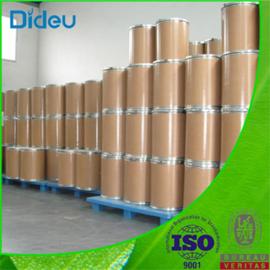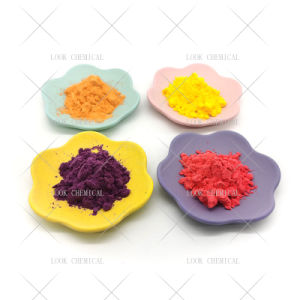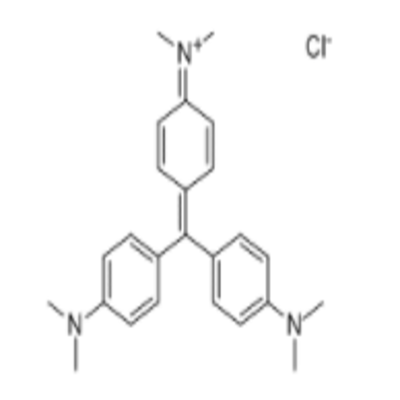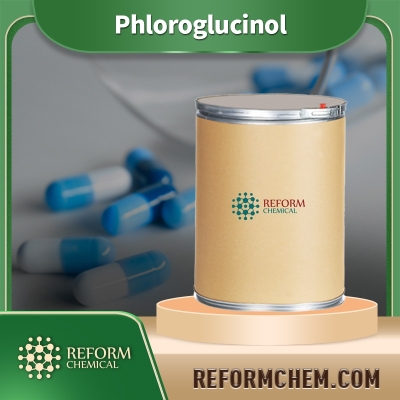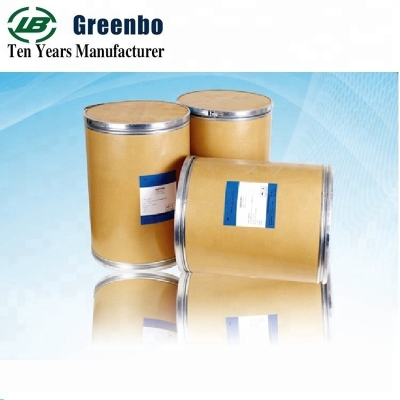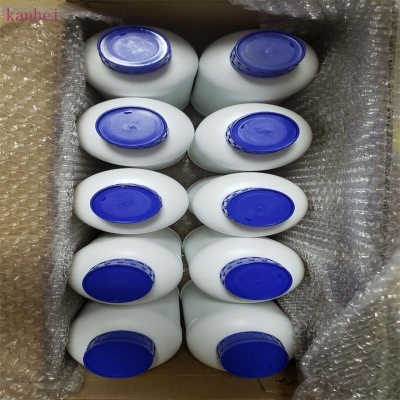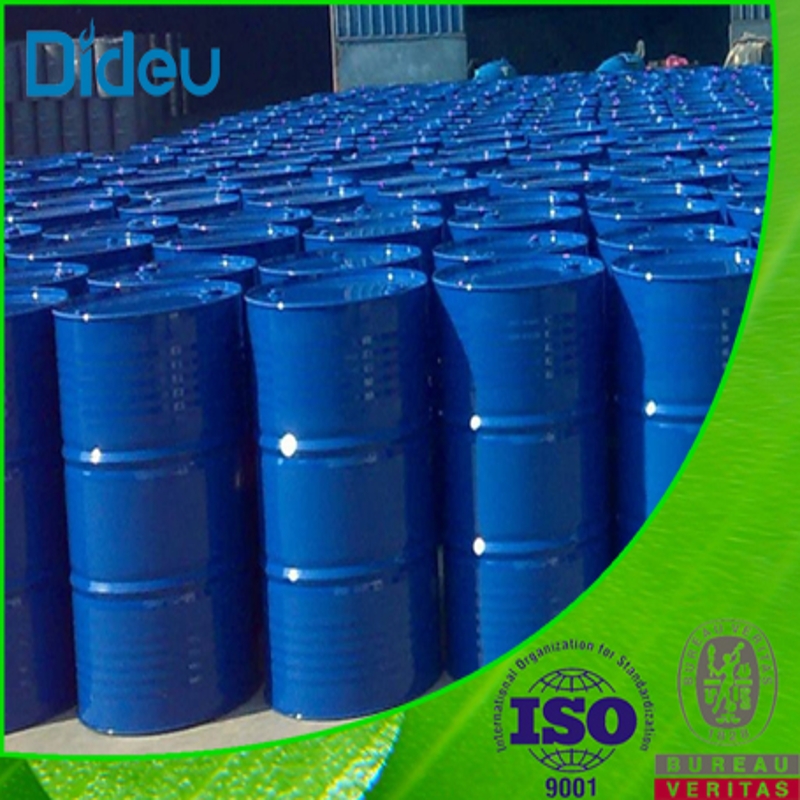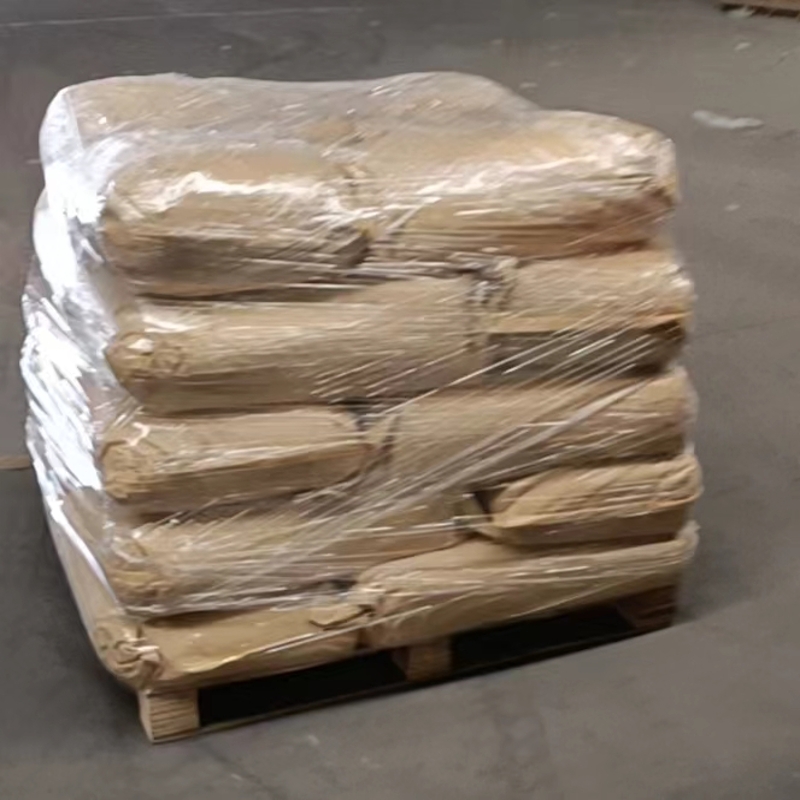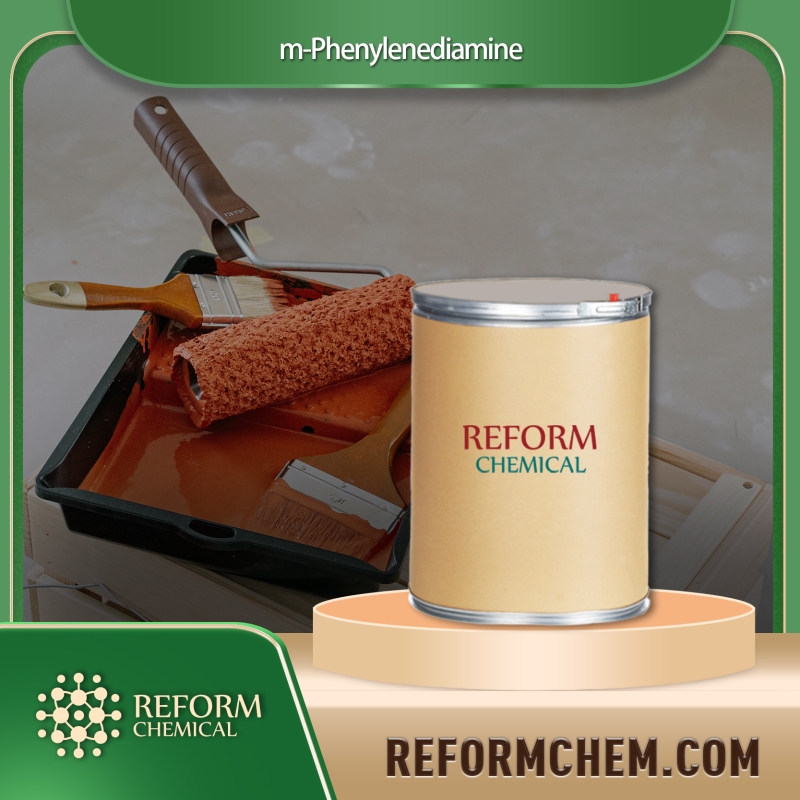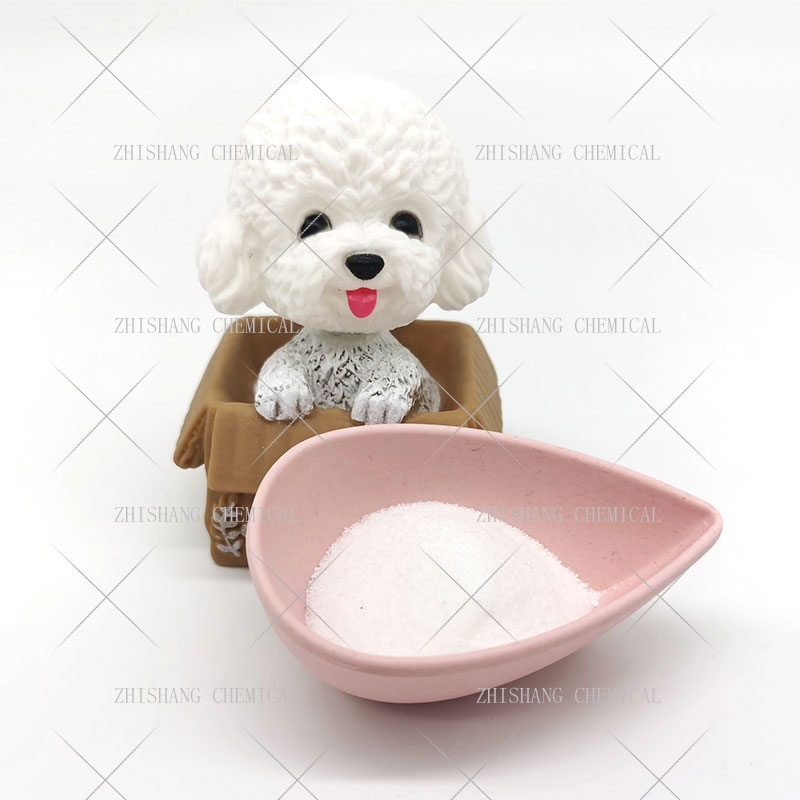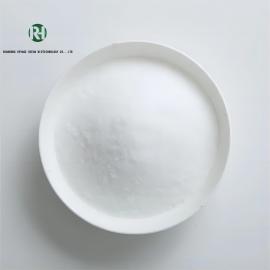Cosmetic Ingredient
- • Abrasive (124)
- • Absorbent (84)
- • Anticaking (66)
- • Anticorrosive (25)
- • Antifoaming (19)
- • Antimicrobials (290)
- • Antioxidant Ingredient (393)
- • Antiperspirant (20)
- • Antiplaque (48)
- • Anti-seborrheic (38)
- • Anti-sebum (39)
- • Antistatic (458)
- • Astringent (162)
- • Binding Agent (172)
- • Bleaching Agent (53)
- • Buffering (191)
- • Bulking (109)
- • Chelating (122)
- • Cleansing (679)
- • Cosmetic Colorant (212)
- • Cosmetic Preservative (158)
- • Denaturant (45)
- • Deodorant (98)
- • Depilatory (27)
- • Dissolving Agent (298)
- • Emollient (795)
- • Emulsifying Agent (480)
- • Emulsion Stabilising (154)
- • Exfoliating (19)
- • Film Forming (299)
- • Flavouring (72)
- • Foam Boosting (161)
- • Foaming (101)
- • Fragrance Ingredient (726)
- • Gel Forming (19)
- • Hair Conditioning (670)
- • Hair Dyeing (363)
- • Hair Fixing (36)
- • Hair Waving or Straightening (45)
- • Humectant (282)
- • Hydrotrope (92)
- • Keratolytic (20)
- • Light Stabilizer (80)
- • Moisturising Agent (50)
- • Nail Conditioning (42)
- • Occlusive (20)
- • Opacifying (119)
- • Oral Care (123)
- • Oxidising (19)
- • Perfuming (2105)
- • Plasticiser (98)
- • Propellant (19)
- • Reducing (50)
- • Refatting (12)
- • Refreshing (26)
- • Skin Cleansing (388)
- • Skin Conditioning (1751)
- • Skin Humectant (21)
- • Skin Protecting (282)
- • Smoothing (31)
- • Soothing (71)
- • Tonics (155)
- • UV Filter (34)
- • Viscosity Controlling (532)
Chemicals as Skincare Ingredients
Related News
-
Pfizer China Oncology Division Restructures Amid Executive Changes
2025-03-19 -
Price Surge Alert as Major Suppliers Increase Barium Sulfate Costs by 200 Yuan per Ton
2025-03-20 -
Shell Considers Partnering with the U.S. and Closing European Chemical Assets
2025-03-26 -
Quaker Houghton Acquires Dipsol Chemicals, Strengthening Advanced Solutions Portfolio
2025-03-27 -
AstraZeneca to Invest $2.5 Billion to Establish Global Drug R&D Center in Beijing
2025-03-25 -
Saudi Aramco CEO: Invest in downstream projects in China's energy, chemical and other fields
2025-03-28
Hair Dyeing
-
Pharmaceutical Grade / 99%
-
Industrial Grade / 99%
-
- / 99.00%
-
Request for quotation , get quotes from more suppliers.
-
Industrial Grade / 99%
-
Paint Grade / 99%
-
- / 99.00%
-
Industrial Grade / 99%
Request for quotation , get quotes from more suppliers.
-
Pharma Grade / 99%
-
- / 99.00%
-
Industrial Grade / 99%
-
Industrial Grade / 99%
Request for quotation , get quotes from more suppliers.
Crystal violet
(548-62-9)2. Antibacterial, anthelmintic
3. Used as indicator for copper salts.
-
Industrial Grade / 99%
-
Industrial Grade / 99%
-
- / 0.00%
-
Request for quotation , get quotes from more suppliers.
Phloroglucinol
(108-73-6)-
Industrial Grade / 99%
$1-1.2/KG FOB
-
industrial Grade / 98%
-
Industrial Grade / 99%
-
Industrial Grade / 99%
Request for quotation , get quotes from more suppliers.
3-Nitrophenol
(554-84-7)-
Industrial Grade / 99%
$1/G FOB
-
![3-Nitrophenol buy 3-Nitrophenol]()
-
![3-Nitrophenol buy 3-Nitrophenol]()
-
![3-Nitrophenol buy 3-Nitrophenol]()
Industrial Grade / 99%
Request for quotation , get quotes from more suppliers.
Alizarin
(72-48-0)-
- / 99.00%
-
-
-
Pharmacy Grade / 99%
Request for quotation , get quotes from more suppliers.
Tartrazine
(1934-21-0)-
Industry Grade / 99%
-
-
- / 0.00%
-
- / 99.00%
Request for quotation , get quotes from more suppliers.
m-Phenylenediamine
(108-45-2)-
Industrial Grade / 99%
$5-6.5/KG FOB
-
Industrial Grade / 99%
-
Paint Grade / 99%
-
Different Grade / 99.9%
$0.1/KG EXW
Request for quotation , get quotes from more suppliers.
-
Industrial Grade / 99%
$5-6/KG FOB
-
Industrial Grade / 99%
-
Industrial Grade / 99%
-
Industrial Grade / 99%
Source Hair Dyeing Raw Materials by Region
More Information
Hair dyeing is a cosmetic method to change hair color, typically achieved by applying hair dye to transition from one color to another. The principle of hair dyeing involves chemical substances penetrating the hair's cuticle layer and reacting with its natural pigments to alter its color.
Hair dyeing relies on chemical reactions. Different types of hair dyes operate on distinct principles. For permanent hair dye, for instance, the dye and oxidizing agent (usually hydrogen peroxide) are initially mixed. This activates the dye precursors in the dye, allowing them to penetrate the hair fiber. These dye precursors infiltrate the hair's cuticle layer and reach the cortex. Within the cortex, they undergo an oxidation reaction with the oxidizing agent, forming large pigment molecules. These molecules combine with the hair's natural melanin, creating new pigment complexes that alter the hair color.
Types of hair dyes include:
Permanent hair dye
Semi-permanent hair dye
Temporary hair dye
Natural hair dye
















